15 January 2025
Have you ever found yourself daydreaming about trekking through misty mountain trails or standing atop a windswept plateau, catching a glimpse of an elusive creature that lives where few dare to wander? If the idea of spotting rare animals in high-altitude habitats gets your heart racing, you’re in for a treat. High-altitude landscapes aren't just breathtakingly beautiful—they’re also home to some of the world’s most fascinating and rare wildlife species.
From snow leopards stealthily prowling rugged mountain ranges to tiny creatures adapted to harsh, oxygen-scarce environments, these animals are thriving where nature throws its toughest curveballs. But how do you even begin to spot these shy, resilient critters? Hang tight, because we're diving into everything you need to know about wild encounters in high-altitude habitats. 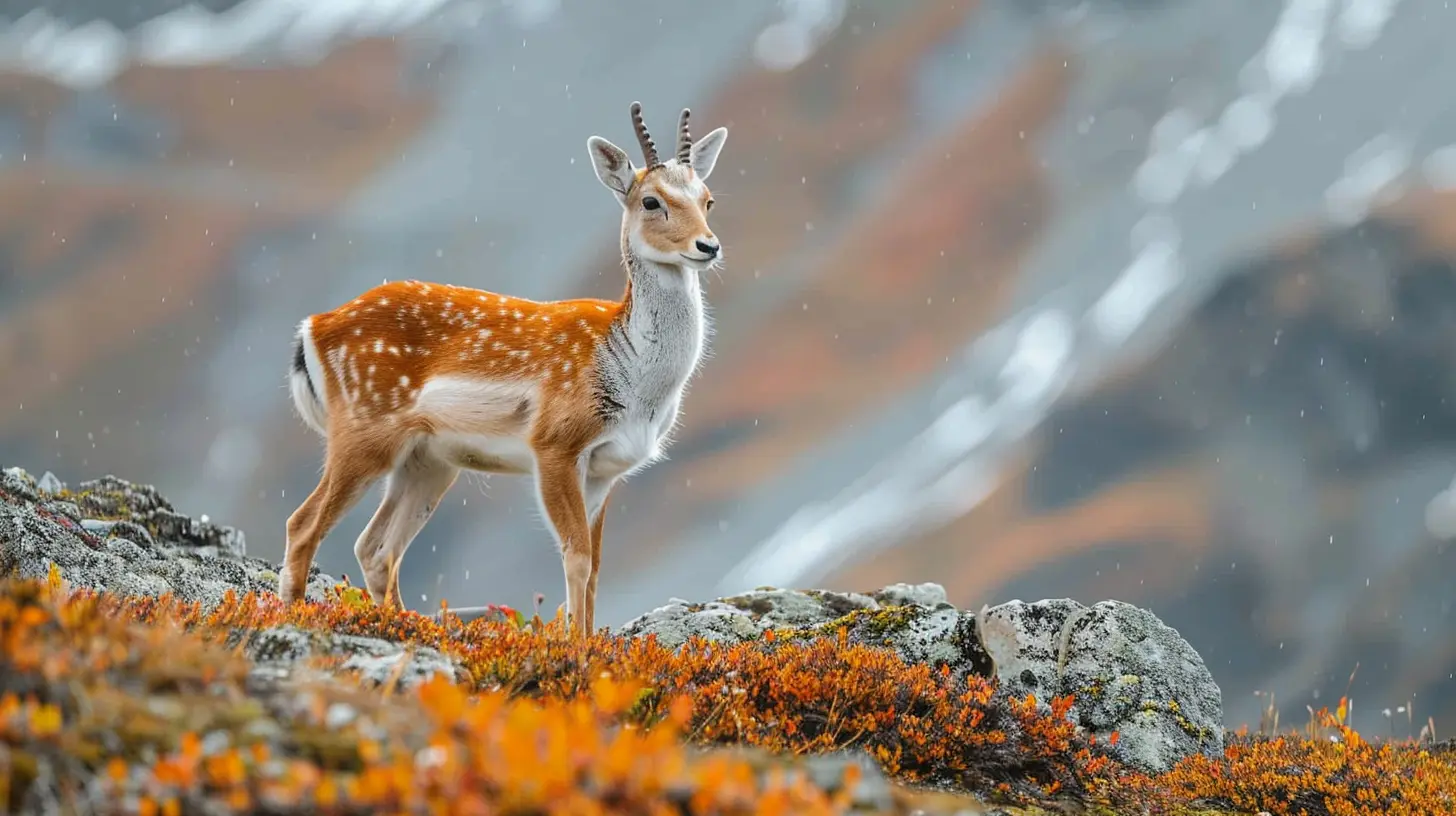
Why High-Altitude Habitats Are So Unique
Let’s get one thing straight—high-altitude habitats are no cakewalk. These areas, typically above 3,000 meters (9,800 feet), are a world apart. Think thin air, freezing temps, and unpredictable weather. Conditions like these would make most regular ol’ animals wave the white flag. But not these guys.Animals living in high-altitude regions are basically nature's overachievers. Whether it’s a beautifully thick fur coat, compact bodies to retain heat, or lungs that seem almost custom-built for low oxygen levels, they’re rocking adaptations that are nothing short of genius.
Oh, and let’s not forget: high-altitude habitats are often remote and undisturbed by pesky human activity. So, the animals here live life on their terms—wild, untamed, and free. 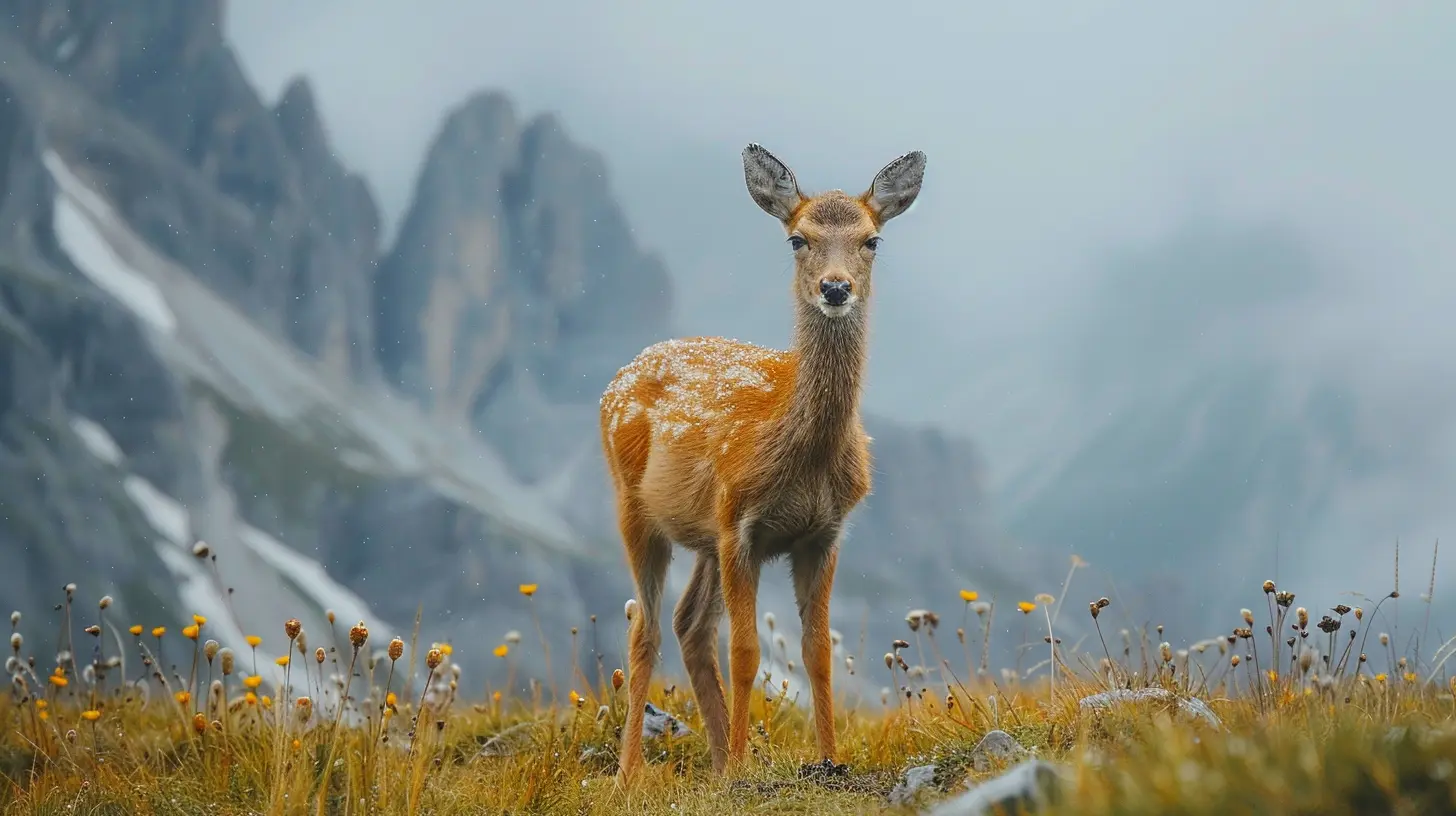
The Top High-Altitude Animals to Look Out For
There’s a laundry list of fascinating creatures you might spot, but a few “A-listers” tend to steal the show when we’re talking about high-altitude wildlife.1. The Majestic Snow Leopard
Let’s start with the grand prize of high-altitude wildlife spotting: the snow leopard. Nicknamed the “ghost of the mountains,” this elusive big cat is so good at hide-and-seek, you’ll think it has a Harry Potter invisibility cloak.Snow leopards inhabit the rugged mountains of Central and South Asia, from the Himalayas to the Tian Shan range. Their fluffy white-grey coats with rosette spots provide perfect camouflage against rocky, snowy terrains. Seriously, spotting one of these guys is like finding a needle in a haystack—except the haystack is freezing, steep, and humongous.
Want to try your luck? Head to Ladakh in India, Bhutan, or Kyrgyzstan. But remember: patience and perseverance are key.
2. Tibetan Antelope (Chiru)
Graceful, fast, and built for the cold, the Tibetan antelope is a symbol of high-altitude elegance. Found on the Tibetan Plateau, these antelopes are known for their slender legs and woolly fur that keeps them cozy in frigid temps.Although poaching once brought their populations dangerously low, conservation efforts are helping them bounce back. If you’re visiting places like Changtang National Park in India or the Kekexili Nature Reserve in China, keep your binoculars handy—you might just catch sight of one.
3. Himalayan Monal
Ever seen a bird so vibrantly colored that it looks like a living rainbow? Enter the Himalayan Monal! This pheasant has a shimmering, metallic plumage that seems to shift colors depending on the light.They're pretty common in parts of Nepal, India, and Bhutan, but spotting one in its natural habitat feels like stumbling upon a treasure chest. If you're hiking through forests at slightly lower altitudes (around 2,500–4,500 meters), you might hear their distinctive call echoing through the trees.
4. Andean Condor
Imagine a bird with a wingspan so massive it looks like a small airplane gliding through the air. That’s the Andean condor for you. These majestic scavengers are primarily found in the Andes mountains of South America, soaring high above the rugged peaks in search of their next meal.Despite their intimidating size, these birds are surprisingly graceful. As they ride thermal updrafts with ease, you might just get a front-row seat to one of nature’s most mesmerizing aerial shows.
5. Himalayan Tahr
The Himalayan tahr is like the mountain goat’s cooler cousin. Stocky, sure-footed, and at home on steep, rocky slopes, these herbivores survive in some of the harshest conditions imaginable.Their thick reddish-brown coats and curved horns make them easy to recognize, but spotting one requires a sharp eye—they blend into rocky terrain like pros. You can find them in Nepal, Bhutan, and parts of India. 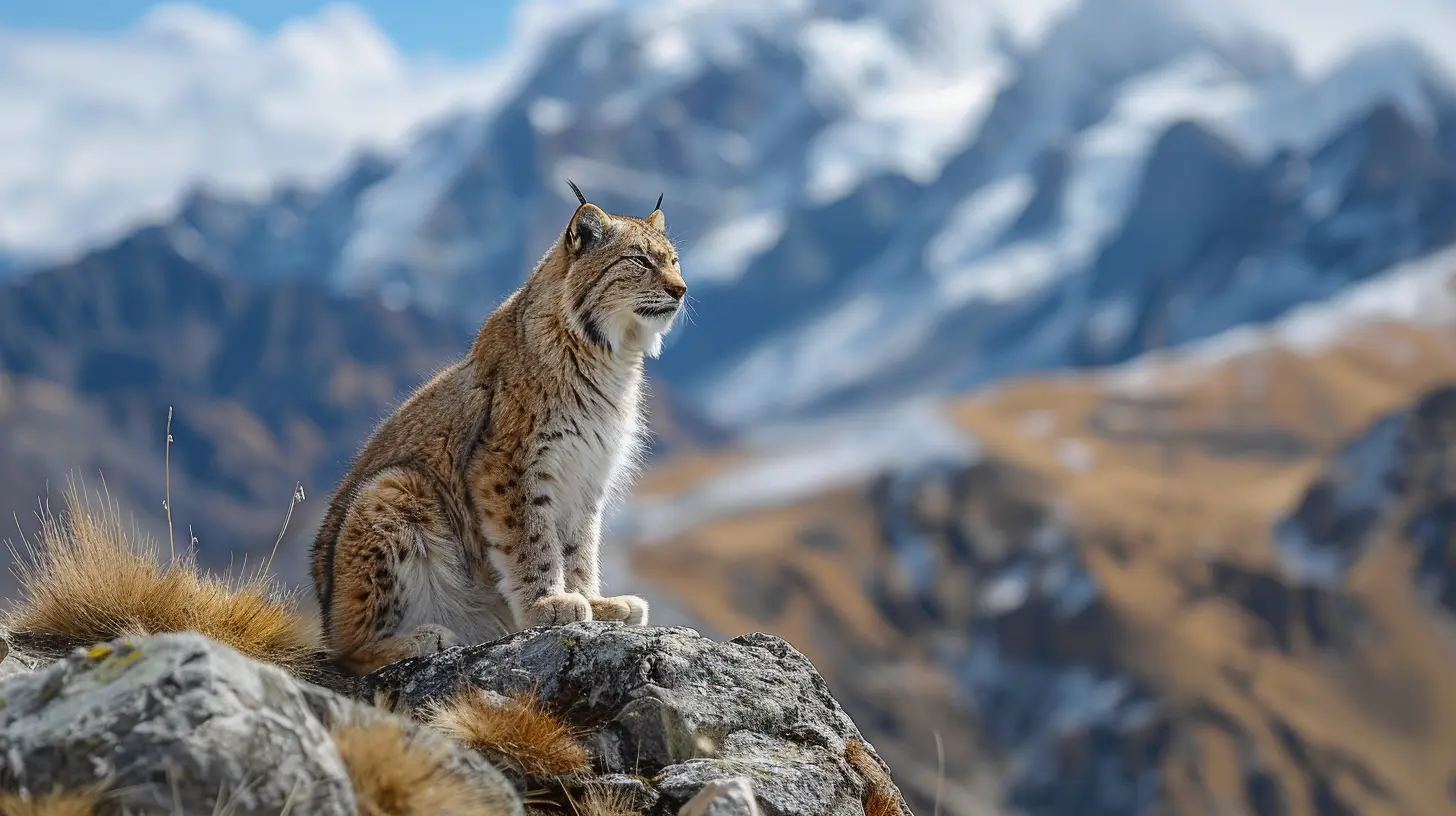
Survival of the Adapted: How These Animals Beat the Odds
Let’s take a moment to appreciate just how hardcore these animals are. Surviving in a high-altitude environment is not for the faint of heart. Here are some mind-blowing adaptations that make them champions of the peaks:- Thicker fur or feathers: When hypothermia’s knocking at the door, these animals answer with ridiculously insulated coats.
- Specialized blood: Ever heard of hemoglobin? These animals have souped-up versions of it to carry more oxygen in places where the air feels like it’s playing hard to get.
- Compact bodies: Think of it as Mother Nature’s engineering hack. Smaller extremities minimize heat loss so they can stay warm.
- Keen senses: When you’re this high up, predators and prey need to be extra sharp to survive. Ultra-sensitive hearing, vision, and smell are must-haves. 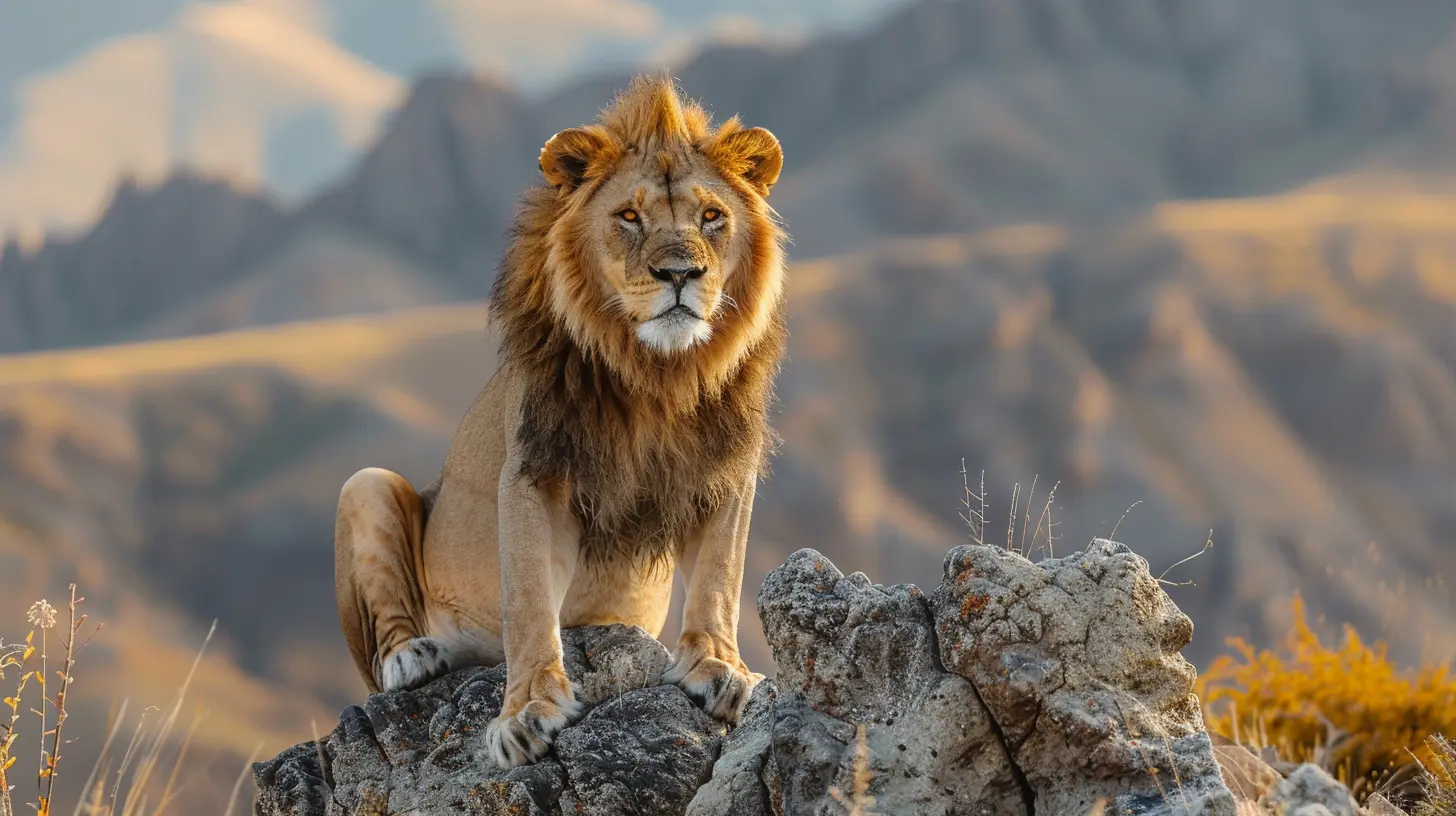
Where to Go for High-Altitude Wildlife Encounters
Alright, you’re pumped and ready to pack your bags. But where exactly should you go? Here are some top destinations where high-altitude wildlife encounters are practically guaranteed:1. Himalayas (India, Nepal, Bhutan)
The Himalayas are like a safari on steroids. From snow leopards to red pandas, this mountain range is teeming with wildlife. Treks in Ladakh, Kanchenjunga National Park, and Jigme Dorji National Park are especially rewarding.2. Tibetan Plateau (China, India)
Dubbed the “roof of the world,” the Tibetan Plateau is as remote as it gets. Expect to see Tibetan antelopes, wild yaks, and maybe even wolves if you’re lucky.3. Andes Mountains (South America)
For a South American twist, head to the Andes. Peru and Bolivia offer incredible opportunities to spot Andean condors, spectacled bears, and more.4. Rocky Mountains (North America)
While the Rockies aren’t as high-altitude as the Himalayas or Andes, they still provide a chance to see mountain goats, bighorn sheep, and golden eagles.Tips for Ethical Wildlife Spotting
Let’s face it—getting a glimpse of rare wildlife is thrilling, but the last thing you want to do is disrupt their habitat or stress them out. Here are a few tips to keep your wildlife encounters ethical:1. Keep Your Distance: No selfies with snow leopards, please! Use binoculars or a zoom lens.
2. Stay Quiet: Channel your inner ninja and avoid loud noises. You’re a guest in their home, after all.
3. Don’t Feed the Wildlife: Their survival depends on natural diets—your granola bar doesn’t belong in it.
4. Hire a Local Guide: Not only will they know the best spots, but supporting local communities is always a win-win.
5. Leave No Trace: Take only memories, and leave only footprints—simple as that.
Why You Should Go Now
Here’s the kicker: high-altitude habitats are under threat. Climate change is causing glaciers to melt, altering water sources and ecosystems. And let’s not forget about poaching or illegal mining in some of these regions.By visiting these areas responsibly, you’re not only getting a once-in-a-lifetime experience—you’re also raising awareness and helping local communities protect their natural heritage.
Parting Thoughts
Spotting rare animals in high-altitude habitats is about more than just ticking a box off your bucket list. It’s an adventure that connects you to the raw, untamed side of Mother Nature. It’s a lesson in resilience as you watch animals thriving in conditions that would send most of us packing.So, whether you’re an avid trekker, a budding photographer, or someone who just wants to experience something unforgettable, high-altitude wildlife spotting is calling your name. Will you answer?






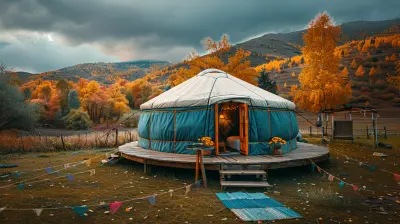


Dior McGill
What an inspiring read! Discovering rare animals in high-altitude habitats is a thrilling adventure. Your insights make me want to explore these stunning landscapes and witness nature's wonders firsthand. Thank you for sharing!
February 24, 2025 at 4:06 PM